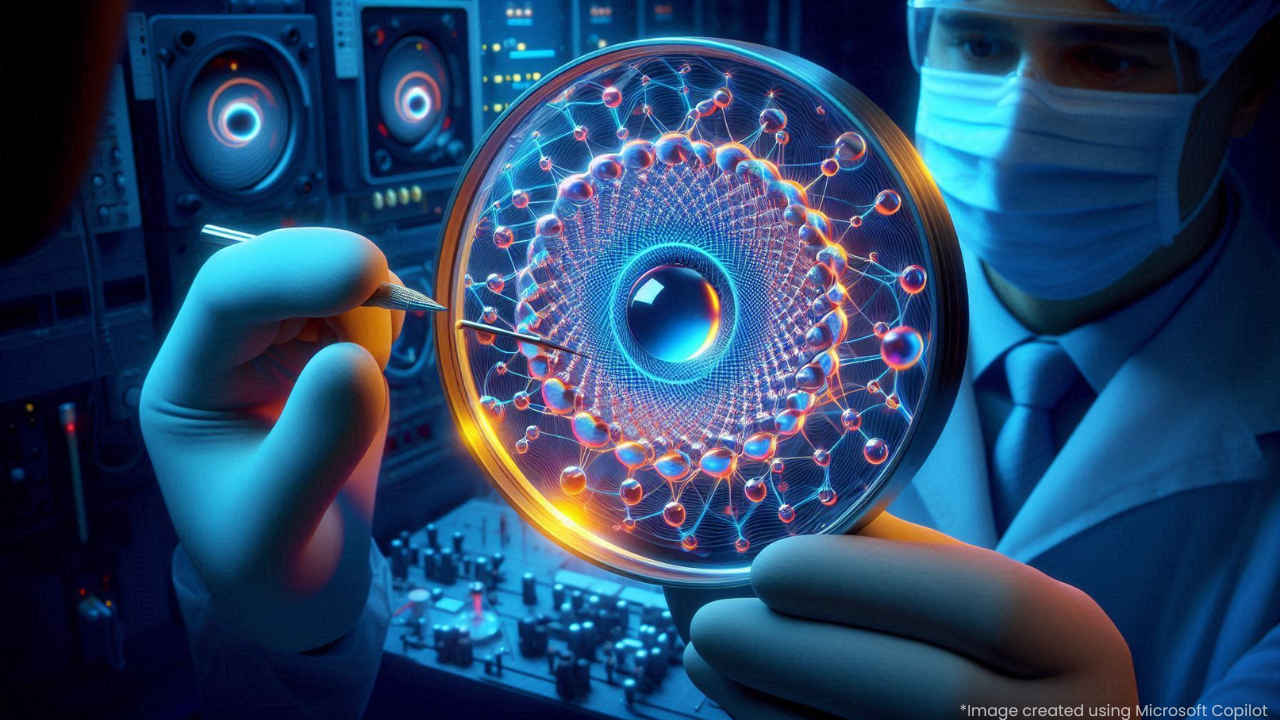Scientists develop thinnest lens ever using Quantum Physics: All you need to know
Scientists have developed the thinnest lens ever made, thanks to quantum phenomena.
The lens is just three atoms thick.
This lens allows most wavelengths of light to pass through.

Scientists have developed the thinnest lens ever made, measuring just three atoms thick, thanks to quantum phenomena. This innovative lens allows most wavelengths of light to pass through, making it highly promising for applications in optical fibre communication and devices like augmented reality glasses.
 Survey
SurveyThe researchers who developed the lens, from the University of Amsterdam in the Netherlands and Stanford University in the US, believe their innovation will advance research into lenses of this type and miniature electronic systems, reports ScienceAlert.
Also read: Reliance’s Jio Platforms overcomes obstacles to launch satellite internet in India: Check details

“The lens can be used in applications where the view through the lens should not be disturbed, but a small part of the light can be tapped to collect information,” said Jorik van de Groep, a nanoscientist at the University of Amsterdam.
Also read: Former Meta engineers create Jace AI agent: Here’s what it can do

Instead of bending light through refraction with a transparent material’s curved surface, incoming waves are focused by a series of grooved edges using diffraction.
This technology, known as a Fresnel lens or zone plate lens, has been utilised for centuries to create thin, lightweight lenses, such as those found in lighthouses.
To enhance the technique with a quantum boost, the research team etched concentric rings into a thin layer of tungsten disulfide (WS2), a semiconductor. When WS2 absorbs light, its electrons move in a precise way, creating gaps that can be considered particles in their own right.
The electron and its ‘hole’ together form what is known as an exciton. Exciton has properties that enhance the focusing efficiency of specific wavelengths of light while allowing other wavelengths to pass through unaltered.

The size and spacing of the rings enabled the lens to focus red light at a distance of 1 millimetre. The team discovered that while the lens functions at room temperature, its focusing capabilities become even more efficient at lower temperatures.
Next, the researchers plan to conduct additional experiments to explore further manipulation of exciton behaviour to enhance the lens’s efficiency and capability. Future studies may involve optical coatings on different materials and variations in electrical charge.
Ayushi Jain
Ayushi works as Chief Copy Editor at Digit, covering everything from breaking tech news to in-depth smartphone reviews. Prior to Digit, she was part of the editorial team at IANS. View Full Profile